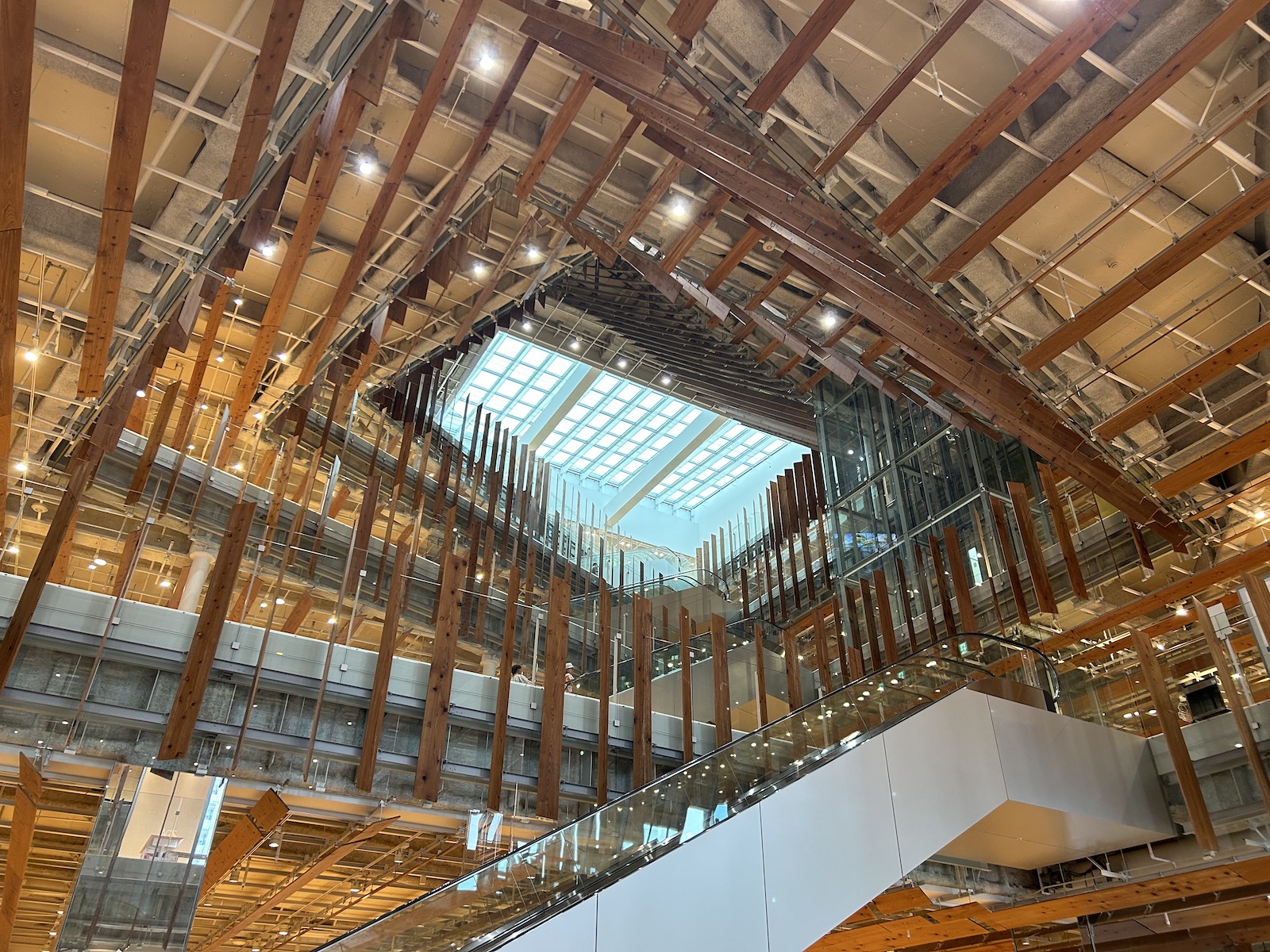Post Time:May 26,2023Classify:Industry NewsView:1046
People who love the look and feel of glass molded into beautiful shapes and colors will be fascinated by the beautiful items produced and displayed in Toyama, a city on the Sea of Japan, two and a half hours northeast of Tokyo.
Toyama became a major producer of blown glass medicine bottles around a century ago as Japan industrialized. The region had long been a producer of traditional medicines, often in powder or leaf form and the technological advances of industrialization resulted in many traditional medicines taking liquid form. A glass blowing industry developed to meet the need for suitable containers; by the 1940s there were at least 10 glassworks plants in the heart of the city.
When 99.5% of Toyama was damaged or destroyed by American bombings during World War II, those glassworks plants were among the casualties. Post-war re-development did not include their resuscitation.
But in the early 1990s, the city recalled its earlier industry and determined to develop an environment that would leverage the city’s glass history to foster creativity through the medium of blown glass.

Molten glass as it comes out of a kiln at TIGA Photo: Vicki L Beyer
It began with the Toyama Institute of Glass Art (TIGA), a school for embryonic glass artisans located in Toyama’s Nishi Kanaya district. Up to 16 students are admitted each year to a two-year certification course in which they learn the fundamentals of creating and handling glass and then work to develop their own creativity in glass art. There is also a program for advanced “research” as well. It is the only school of its kind in Japan.
As a general matter, the glass used for art objects and high-end crafts is of a higher quality than commercial glass. Yet roughly 20% of glass raw material gets wasted during art project production. Last year TIGA began the Remelt Blue project to “rescue” that waste material. It is melted down again and any impurities removed. The result is pale, dusty blue glass still of a relatively high quality that can be used to produce various items, both artistic and practical.

TIGA rescues waste glass to produce ‘Remelt Blue’ glass. Photo: Vicki L Beyer
In addition to the workshop classrooms for the students, TIGA is also home to the Toyama Glass Studio, workshop facilities that can be rented on a short-term basis (1/2 day for ¥5,500) by artisans who are not yet in a position to own their own glass production hardware. (A glass melting kiln costs around ¥10 million.) At the same time as the workshop provides artisans the opportunity to create, it also affords TIGA students a chance to observe and interact with established artists to supplement their TIGA learning.

Artists consult as glass-blowing project takes shape. Photo: Vicki L Beyer
Toyama Glass Studio is located in the same building as TIGA’s gallery/shop and is outfitted with large windows so that visitors can also observe the artists at work. While it is fascinating to watch melted glass blown and shaped, perhaps an even better reason to visit is to browse the gallery/shop to find that piece of art that begs to be taken home. Most of the inventory is the work of TIGA students or graduates, so that there is a wide a variety of styles and items to choose from. The gallery/shop is open daily 9 a.m. to 5 p.m. (closed across the New Year’s holidays).

Sushi a la glass art: just one example of the artistic pieces for sale at the TIGA gallery/shop. Photo: Vicki L Beyer
TIGA now has more than 500 graduates. Nearly a quarter of them have made their home in Toyama, irrespective of where they started out. The only place in Japan with more glass artists is Tokyo, a city with more than 20 times the population.
One of TIGA’s first graduates, now a 30 year veteran, is Taizo Yasuda, an artist with his own atelier and gallery in Toyama’s historic Higashi Iwase district, an area near the bayshore that is also home to restored/preserved 19th century buildings and other galleries. Yasuda-san’s gallery, located in an historic shopfront building, shows off his distinctive style, which includes glass that looks like lace and works made with colorful glass tubes (also made by Yasuda-san) that have been melted and shaped together into both practical items and whimsical ones.

The glass art of Taizo Yasuda shows his distinctive style. Photo: Vicki L Beyer
Another place to enjoy amazing glass art in Toyama is the Toyama Glass Art Museum. The museum is on the upper floors of Toyama Kirari, a Kengo Kuma-designed building that is also home to the city library. The building itself is a work of art, albeit featuring wood rather than glass.

Toyama Kirari, Kengo Kuma-designed home of Toyama Glass Art Museum Photo: Vicki L Beyer
The Glass Art Garden on the museum’s sixth floor, part of the permanent exhibition, contains unusual, colorful glass installations so large as to boggle the imagination as to how they were made (alas, no photos permitted). Other parts of the museum feature works by local artists and historical pieces that connect the modern art to Toyama’s glass history.
Adult admission to the museum is ¥200. The museum has a complicated schedule but generally is open 9:30 a.m. to 6 p.m. (8 p.m. on Saturdays and Sundays). It is closed on the first and third Wednesdays of every month and across the New Year’s holidays. Just a heads up: the fourth floor “collection exhibition” will also be closed for the first week of June; the rest of the museum remains open on the above schedule.
Toyama’s dedication to glass, a seeming fragile substance, is remarkably resilient, to the benefit of the city, its artisans, and glass art lovers from everywhere.
Vicki L Beyer, a regular Japan Today contributor, is a freelance travel writer who also blogs about experiencing Japan. Follow her blog at jigsaw-japan.com.
Source: https://japantoday.com/Author: shangyi